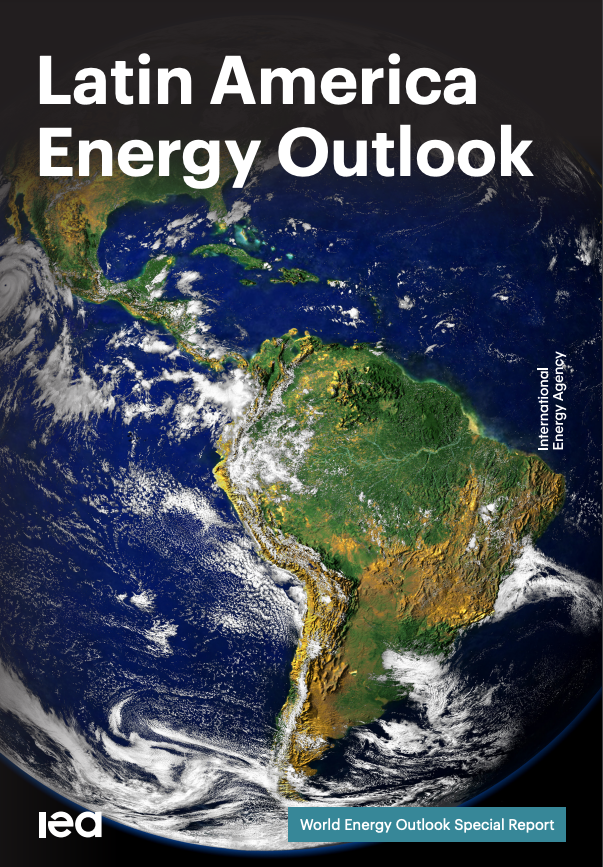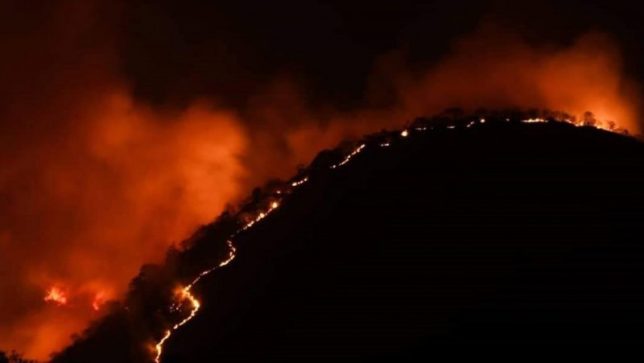
The latest IEA report, Latin America Energy Outlook, shines a spotlight on Latin America and the Caribbean, underscoring their pivotal role in the global energy landscape amidst rising geopolitical uncertainties and rapid energy transitions. This region, rich in energy and mineral resources and a leader in clean energy, is poised to significantly influence both regional and global energy sectors.
A Resource-Rich Region with a Clean Energy Legacy
The Latin America Energy Outlook, IEA’s first comprehensive analysis covering all 33 countries in the region, reveals a treasure trove of resources. From renewables like hydropower, wind, and solar to oil, gas, and vital minerals, the region is well-equipped to contribute to global energy security and clean transitions. This report is a culmination of extensive collaboration with regional governments, experts, and stakeholders, building on IEA’s long-standing engagement with the area.
Renewables account for 60% of the region’s electricity production, double the global average, with hydropower leading the charge. Countries like Brazil, Mexico, Chile, and Argentina are also home to some of the best wind and solar resources globally. Furthermore, the region is a significant bioenergy player and a leading biofuel exporter.
A Potential Global Energy Powerhouse
Latin America and the Caribbean hold about 15% of the world’s oil and natural gas resources. The region is also crucial for producing minerals essential for clean energy technologies, boasting about half of the world’s lithium reserves and significant proportions of copper and silver. This clean electricity supply is the backbone for sustainable mining and processing of these materials.
IEA Executive Director Fatih Birol highlights the region’s potential in the new global energy economy, emphasizing the need for supportive policies and international cooperation to fully harness this potential.
Challenges and Opportunities Ahead
Despite the promise, the report identifies a policy implementation gap. While 16 of the 33 countries have committed to net-zero emissions by mid-century, current policies still heavily rely on fossil fuels, especially for road transport. However, if pledges are realized, renewables could meet all new energy demands this decade, increasing oil exports and driving low-cost, low-emissions hydrogen production. This shift would also double long-term revenues from critical minerals to nearly USD 200 billion.
Key Actions and Investments for a Sustainable Future
To reduce energy-related CO2 emissions, the report suggests four key actions: ramping up renewable energy, electrifying industry and transport, advancing energy efficiency, and improving access to clean cooking solutions. Investment in clean energy projects needs to double by 2030 to USD 150 billion and rise fivefold by 2050.
Towards a Greener Future
The region, already engaged in the Global Methane Pledge and the Glasgow Pledge to halt deforestation, is on a promising path. The IEA is committed to supporting these transitions, as Latin America and the Caribbean stride towards a secure and fairer global energy system.

